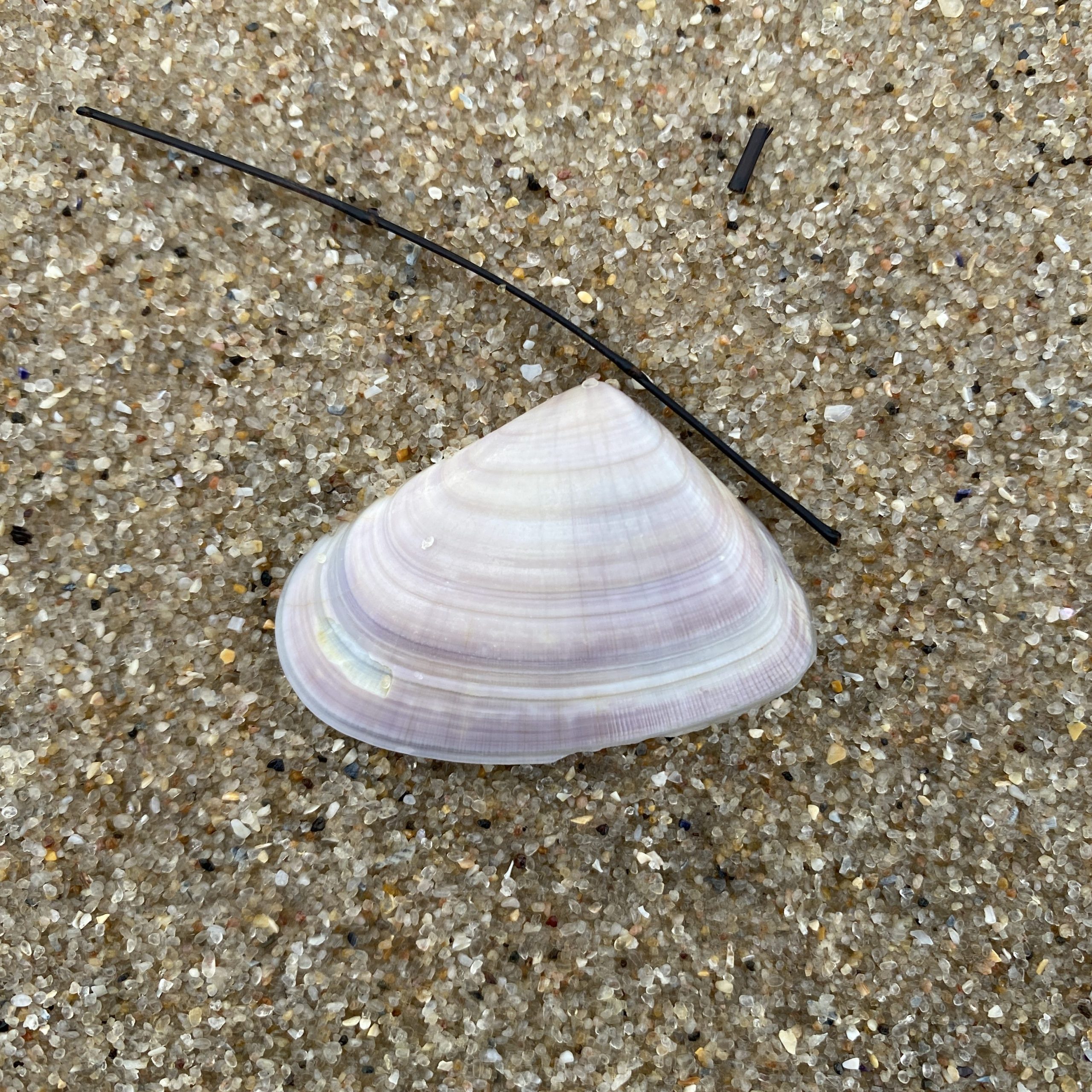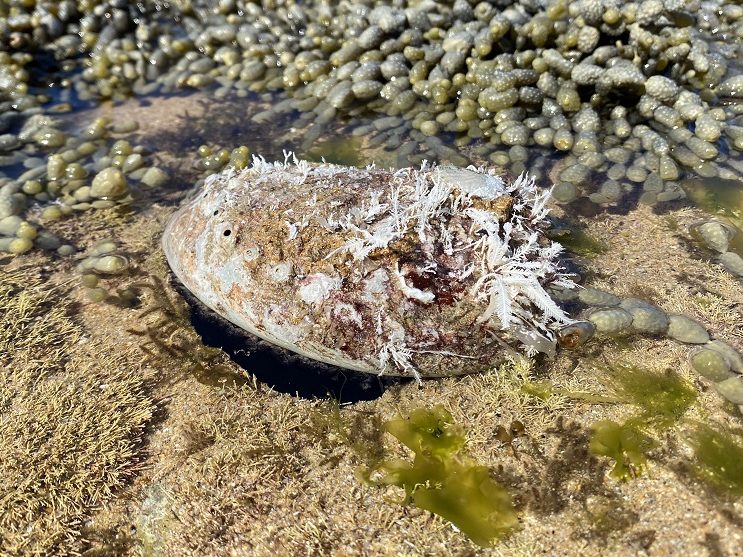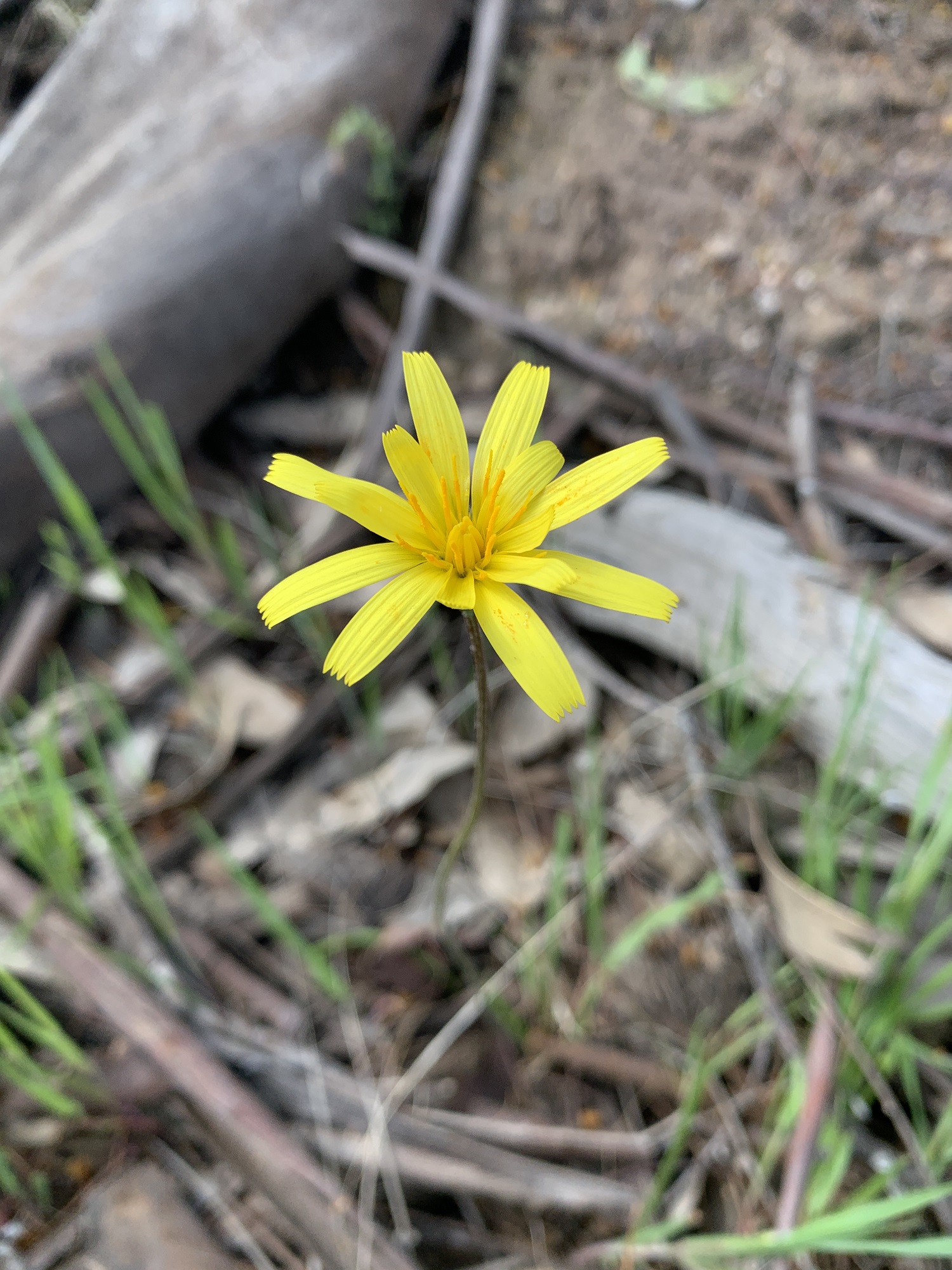
Plants
Murnong (Yam Daisy – Microseris lanceolata): This was a staple part of the First Nations diet and was widely distributed, throughout Victoria until intensive grazing by heavy, sharp-hoofed animals restricted its range to roadside verges and other ‘wild’ plains. Drawings by early squatters and notes in their diaries show that Wadawurrung women cultivated murnong plots of 2-5 acres, and the tools they used allowed not only for the collection of the tubers, but also the aeration and cultivation of the soil to produce a fine tilth. Sometimes it is eaten raw as a radish, but more usually it is cooked in baskets in earth ovens. The cooking produces a delicious dark juice called minne and the root itself, when cooked, is called taloom. Cooked roots were often carried about for food when travelling.
Potato (Milkmaids – Burchardia umbellata): This is still a very common plant in the Geelong area, its roots were cooked in similar fashion to murnong.
As with murnong, potato, tarook (Blushing bindweed) and puewon (Bulbine lily) were tilled regularly, and in such a way as to leave sufficient parent roots to bring on next season’s growth. The sharp sticks known as karni were used for the collection of roots, separated bulbs, and aerated the soil. There were perhaps 50 or 60 plants which were harvested in this way, including many species of orchid which have a bulb-like growth on the roots which is very nutritious.
Karawun (Spiny-headed Mat-rush – Lomandra longifolia): The basal stems of these plants are pure white and taste like celery or water chestnuts. The stems can be cooked, but in spring the raw shoots are delicious as a fresh salad. The leaves of this plant are excellent for basket weaving.
Barrwarr (Watercress – Nasturtium officinale): There are at least two varieties of cress. The refreshing salad leaves have a slight peppery taste and are consumed fresh and enhance the flavour of fish when stuffed into the body cavity.
Barring-gootj (Small-leaved Bramble, Native Raspberry – Rubus parvifolius): A small raspberry but very delicious and common in summer.
Warrigal Cabbage (New Zealand Spinach, Captain Cook’s Lettuce – Tetragonia tetragoniodes): This plant is found over a wide area of the eastern coastal area and was used widely by sailors, including Captain Cook to prevent scurvy. It is very refreshing as a fresh salad vegetable but it is also very good when slightly steamed on hot rocks.
This is only a tiny sample of the many plants from this area which comprises the Wadawurrung diet.
Watch the following video featuring Wadawurrung Elder Bryon Powell who speaks about traditional foods and medicines used by the Wadawurrung.
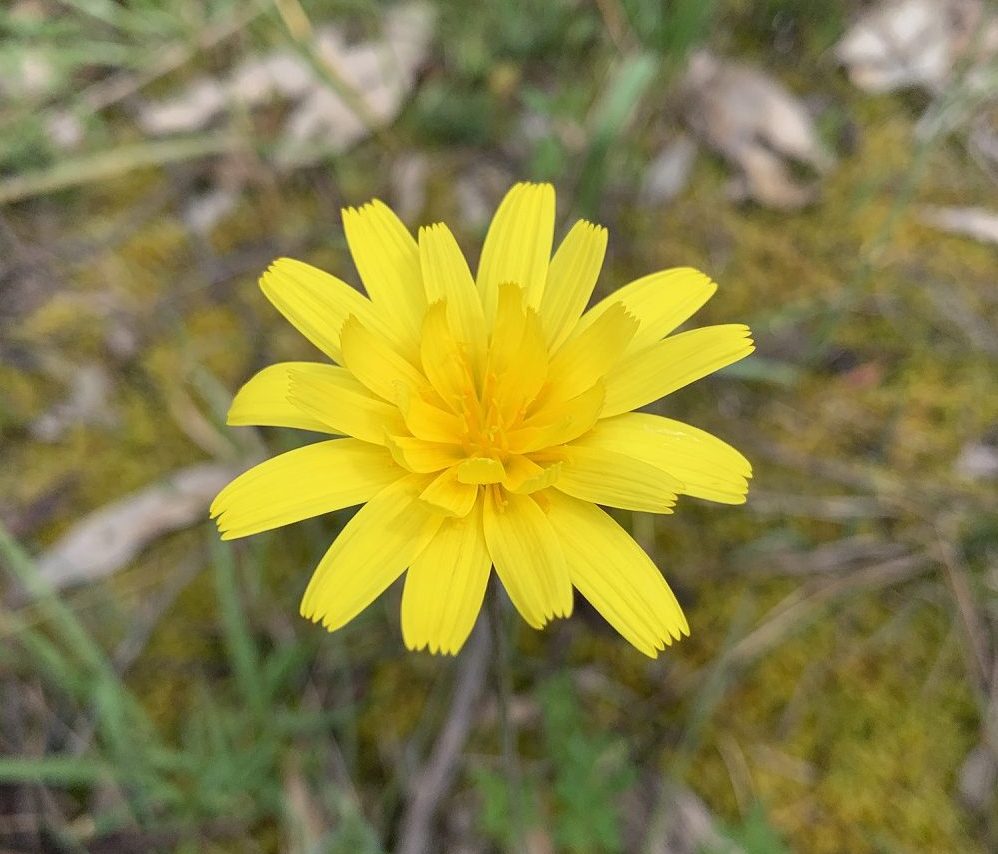
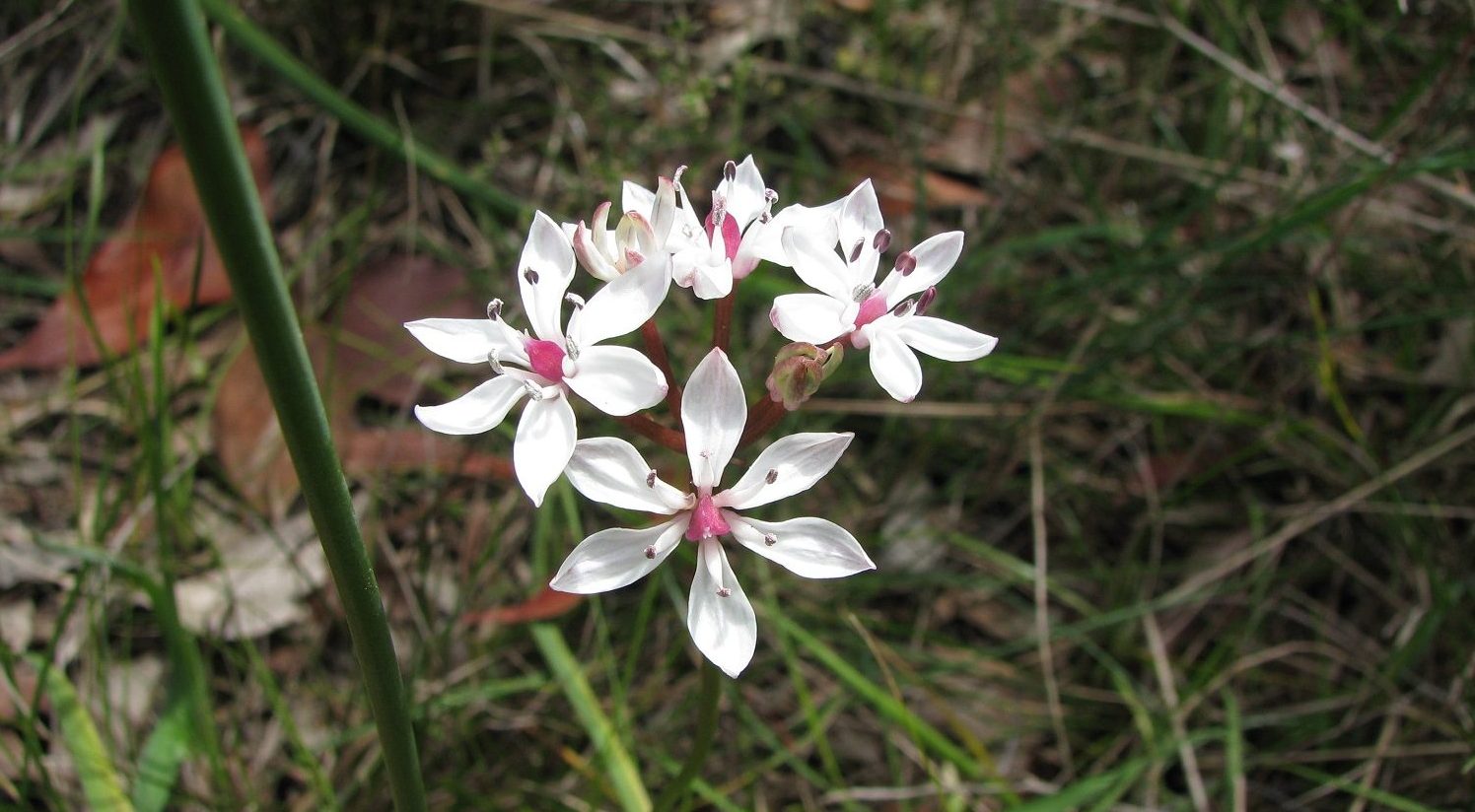
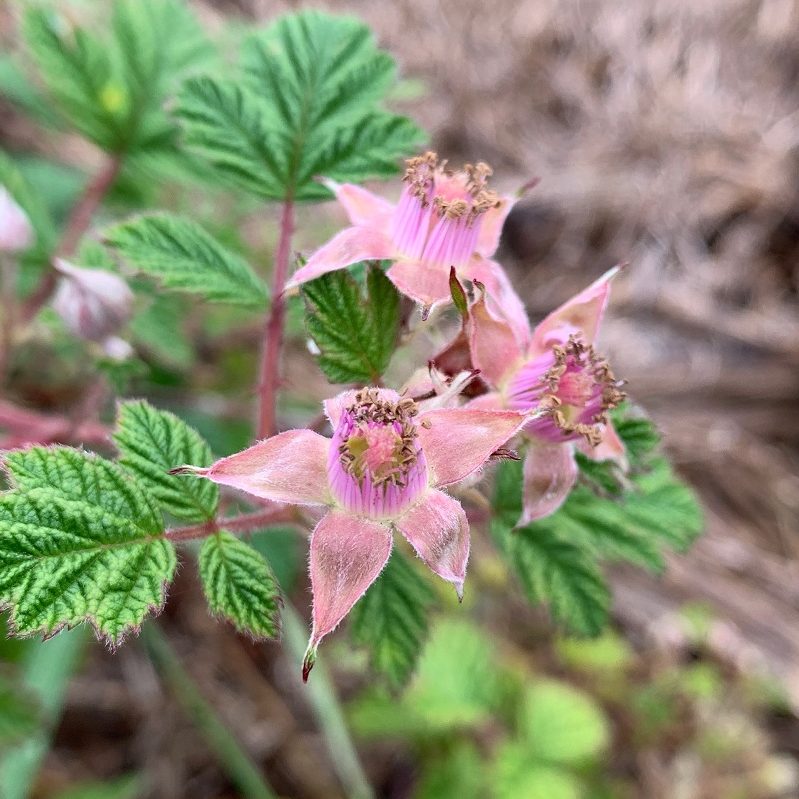
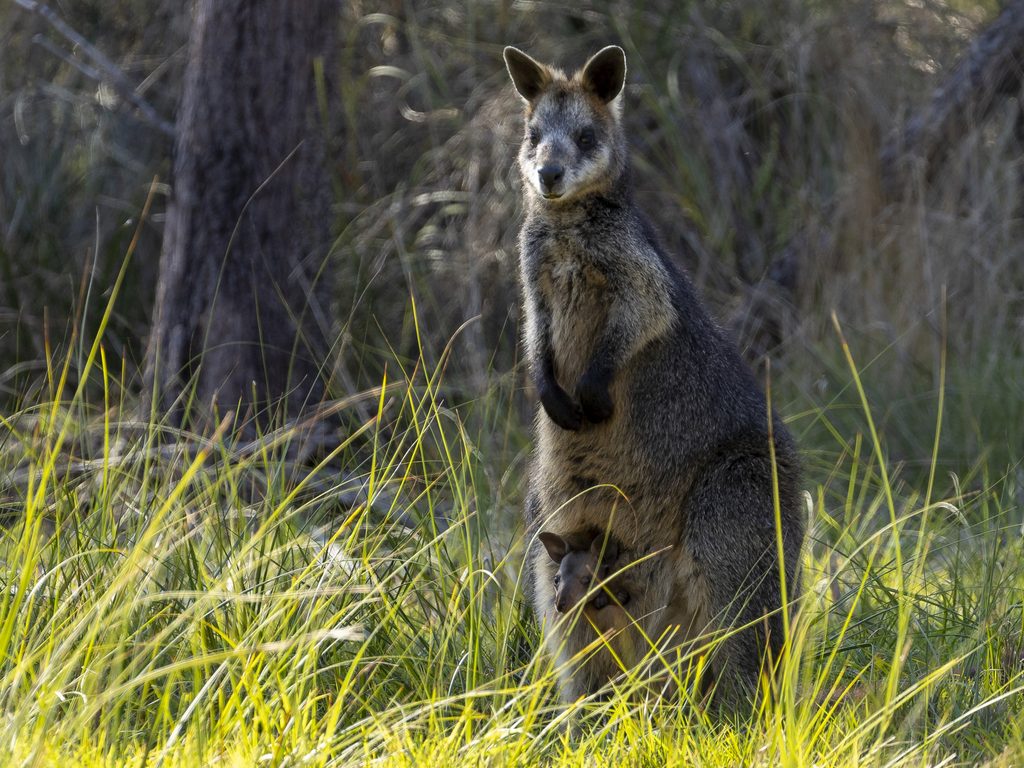
Game
Wallabies, echidnas, possums, quail, pigeons, parrots, geese, spoonbills, snakes, lizards, and many other birds, mammals and reptiles were taken as game and cooked for their flesh.
Fish and Shellfish
Fish: Mullet, Whiting, Flounder, Flathead, Salmon, Trevally, Tommy-rough and many other species were speared and netted, particularly along tidal flats and in estuaries.
Kooderoo (abalone): These are an important source of protein and are cooked on a fire in the shell or are eaten raw. Kooderoo cooked in their shell on the fire have a wonderful texture and taste.
Wi-ity (rock lobster): Due to overfishing, these are not as numerous today as before, but were easily captured in rock pools, where discreet fishing ensured a constant supply of fish (females were rarely eaten).
Warrener (turbot shell): The green intestine of the turbot shell does not look too inviting but has a delicious flavour. These are cooked in the shell and picked out later with a ‘Leather Jacket’ spine or a fine wallaby bone.
Eugarie (pipi shell): These white bi-valve shells are collected from surf beaches and are carried back to camp, then cooked directly on the fire. They are as good to taste as you will ever find. The shells are discovered by grinding the feet into the sand. When one shell is found, the area is dug out with the hands, and usually hundreds of shells are then uncovered. Wadawurrung people were very particular about how many shells were taken from an area at any one time, but today the shellfish is becoming increasingly rare due to the habit of white fishers using shovels and taking large quantities. A pipi is sold as a fish bait, most people being unaware of its high nutritional and culinary values.
